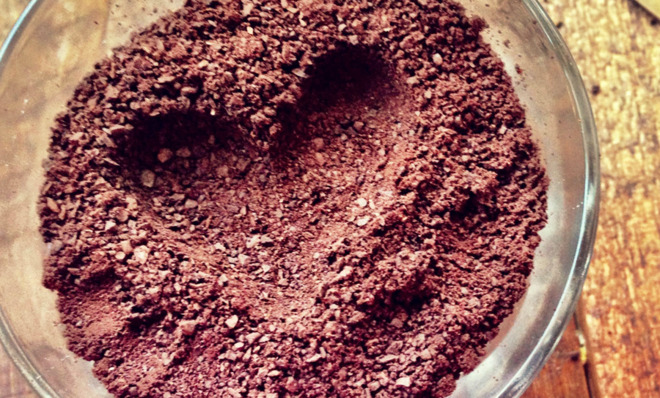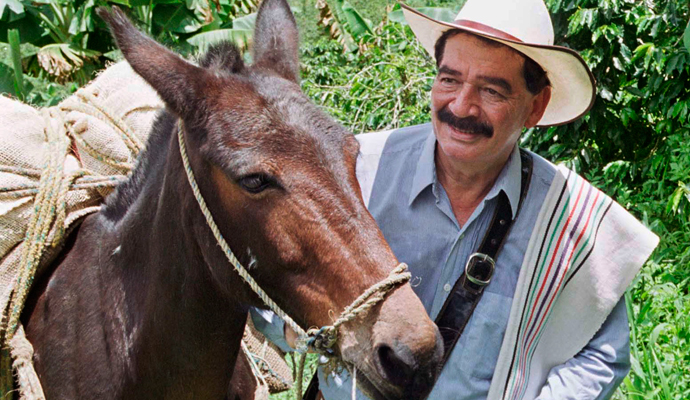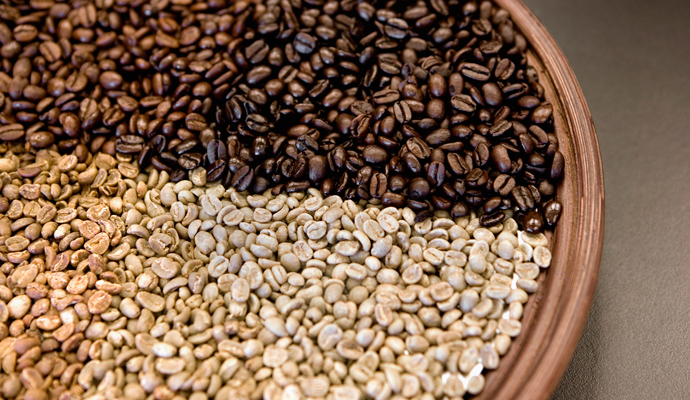Caffeine: The world's favorite drug
Coffee and its rituals are a big part of American life, but what we really love is caffeine

Standing on a hillside path above a rutted dirt road in northern Colombia, farmer David Castilla showed me a handful of beans cupped in his callused palm. Each pale yellow bean was the size of a small peanut. The mid-elevation zone has just the right blend of moderate precipitation and strong tropical sunshine for the beans to grow abundantly on smallish, glossy-leafed trees.


Picture a matrix with light roast/dark roast on one axis and gourmet coffee/diner coffee on the other; the least caffeinated of the four is the dark gourmet coffee. Most of us would guess the exact opposite. (Anyone looking for a good caffeine kick might choose a light-roasted Folgers blend.)
It seems weird that we lavish so much attention on the other aspects of the coffee experience: the Juan Valdez country-of-origin stories, for example. Because, really, they are window dressing. The object of our affection — the drug that makes us energetic, sociable, and happy — is obscured by the stories we tell about coffee.
The Week
Escape your echo chamber. Get the facts behind the news, plus analysis from multiple perspectives.

Sign up for The Week's Free Newsletters
From our morning news briefing to a weekly Good News Newsletter, get the best of The Week delivered directly to your inbox.
From our morning news briefing to a weekly Good News Newsletter, get the best of The Week delivered directly to your inbox.
What we don't talk about when we talk about coffee is the caffeine. And there is plenty to talk about. Bruce Goldberger, a forensic pathologist, got striking findings when he studied coffee. He bought a variety of coffee drinks and analyzed their caffeine contents, publishing the results in 2003. The caffeine concentrations varied wildly.
Goldberger found that the average caffeine concentration in specialty coffees was 12 milligrams per ounce. This equates to 60 milligrams per five-ounce cup of coffee, which is 40 percent lower than the standard established by a pair of Coca-Cola researchers in an oft-cited paper published in 1996 (they suggested that 85 milligrams per five-ounce cup of roasted-and-ground coffee should be the standard). But Goldberger pointed out that while the caffeine content is lower, serving sizes are generally larger. A five-ounce coffee cup is rare, indeed, these days, and a "small" coffee is generally at least 10 ounces.
Goldberger found caffeine differences between coffee brands. In his sample, a 16-ounce cup of coffee from Dunkin' Donuts had just 143 milligrams of caffeine, while a typical cup from Starbucks had twice as much caffeine. Espresso shots appeared to be more consistent in his study, at about 75 milligrams of caffeine per single (1.3-ounce) shot.
Goldberger's strangest result came from Starbucks. He bought a 16-ounce cup of coffee from one Florida Starbucks on six consecutive days. Each time, he ordered the Breakfast Blend, a mixture of Latin American coffees. The cup with the least caffeine had 260 milligrams. One cup had twice that amount. Yet another clocked in at a whopping 564 milligrams.
A free daily email with the biggest news stories of the day – and the best features from TheWeek.com
The caffeine varies for several reasons. Brewing strength — the amount of coffee used to prepare a cup — is one variable. The strongest coffee is made using more ground coffee per serving, as opposed to a weak cup of coffee that is as translucent as tea. (This is distinct from the roasting time: Both light- and dark-roasted coffees can be brewed on a continuum from weak to strong, depending on the ratio of coffee grounds to water.)
Caffeine also varies because no two plants are exactly alike. Differences in growing conditions and plant variety can lead to dramatically different levels of caffeine.
Goldberger's studies help to answer a question that many coffee drinkers have asked: Why is it that on some days one cup of coffee puts you in absolute equipoise — brilliant but steady, relaxed but energetic — while other days it is not even enough to prop open your eyelids? And on still other occasions, that very same cup — the same size, the same blend, from the same café — will send you to the moon, jittery and anxious, your heart skittering or pounding? It is because the caffeine levels in coffee vary dramatically, depending on the natural growing conditions, the variety of coffee plant, and brewing strength. To contrast it with a common delivery system of another well-loved drug, alcohol, it would be as if one bottle of wine delivered the expected 13 percent alcohol and another delivered five times as much, a dose stronger than gin, rum, or whiskey.
From Caffeinated: How Our Daily Habit Helps, Hurts, and Hooks Us by Murray Carpenter. Reprinted by arrangement with Hudson Street Press, a member of Penguin Group (USA) LLC. ©2014 by Murray Carpenter.
-
 Political cartoons for December 6
Political cartoons for December 6Cartoons Saturday’s political cartoons include a pardon for Hernandez, word of the year, and more
-
 Pakistan: Trump’s ‘favourite field marshal’ takes charge
Pakistan: Trump’s ‘favourite field marshal’ takes chargeIn the Spotlight Asim Munir’s control over all three branches of Pakistan’s military gives him ‘sweeping powers’ – and almost unlimited freedom to use them
-
 Codeword: December 6, 2025
Codeword: December 6, 2025The daily codeword puzzle from The Week